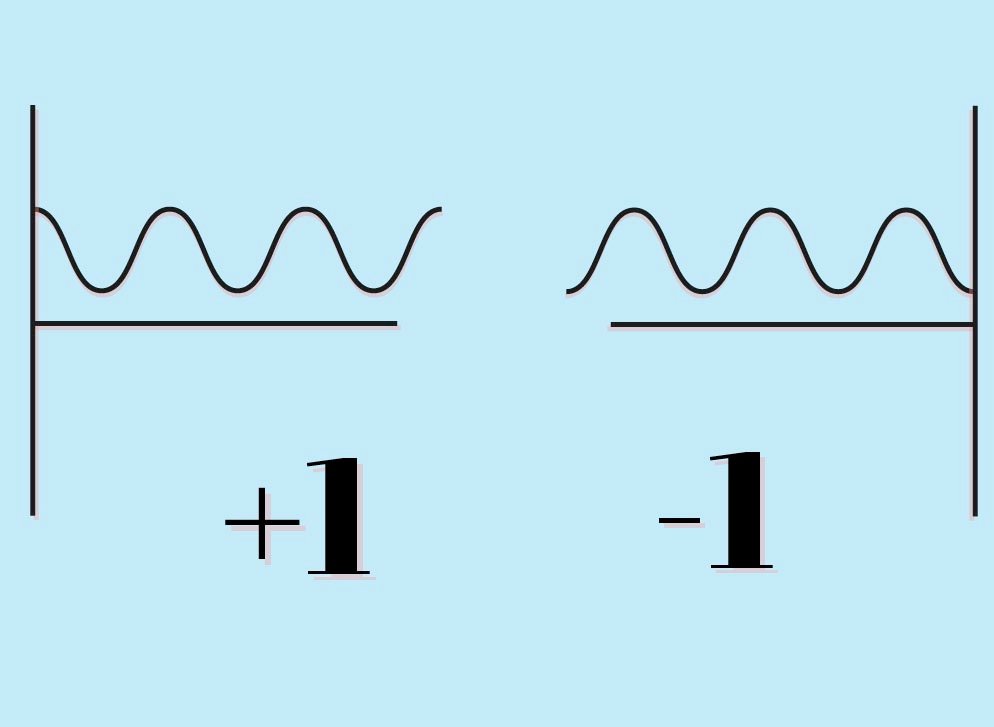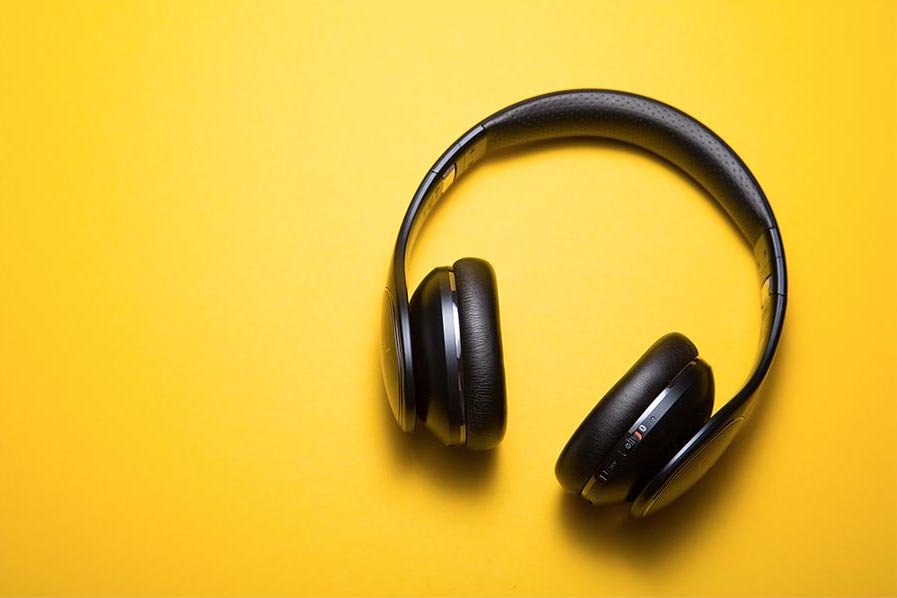With the rapid increase in the feature in our devices, there are many things that leave us wondering with the question, “how did they do that?” One such feature that we are slowly getting used to getting is the “Noise Cancelling” feature. Although a premium feature, it is slowly making its way into middle-range headphones. But how do noise-cancelling headphones work? It works by producing opposite noise.
“Noise cancelling” is pretty much self-explanatory. The technology used in these headphones cancels the noise coming from the listener’s surrounding. Of course, it is not that simple as I have stated above. I’ll be explaining, in brief, the physics behind noise-cancelling headphones and earbuds. And also some intriguing questions such as does noise-cancelling headphones work without music? Or are they safe to use? Do they block voices? So let’s start hearing.
The Beginning of Noise-cancelling headphones.
With any new technology, it isn’t just the requirement of customers that compels companies or scientists to make something new, it is the inconvenience of the situation. A similar reason was for the birth of cancelling the noise while trying to hear something.
Not being able to properly hear music is an inconvenience but not being able to hear important commands in a moving flight is a danger. That is why Dr. Lawrence Jerome Fogel created and patented active noise cancellation for the pilots in the cockpit.

It is funny to notice that noise cancellation has always been developed due to the noise in aircrafts. Although Dr Fogel had created active noise cancellation (which is different from passive noise cancellation, which I’ll explain later),it was Amar Bose, founder of Bose Co. who put the technology in portable headphones. During a flight in 1978, he wanted to listen to the music without the unholy noise of the aircraft (as everyone wants to). This was the beginning of active noise-cancelling headphones. But there’s something called just “noise-cancelling headphones.” What’s the difference?
Active Vs Passive Noise-cancelling headphones.
ANC or active noise cancelling is very different from just noise cancelling, sometimes called passive noise cancelling. Almost every headphone/earbuds come with passive noise cancelling. How come? These headphones and earbuds have some soundproofing done to them. This is usually by using some sound-absorbing material or creating a vacuum chamber to separate the outside from your ear canal. Just tie a foam to your headphones and lo, you have created passive noise cancelling.
When it comes to “Active Noise Cancelling headphones”, there is an “active” ingredient here. Active means that the headphones actively detects and cancels the outside noise that litters your music. But how do you silence the noise? You use noise.
The Science behind.
To understand how active noise-cancelling headphones work, we have to understand what is sound and how it moves. Don’t worry, I’m not gonna turn into some professor in physics and give you the complete explanation. What I’ll do is give you the explanation in layman terms.
Sound travels through matter. Air has molecules of different elements like oxygen, nitrogen, etc. Sound uses these molecules to travel from one place to another.
Sound propagates through a special type of wave of rarefaction and compression. I have added an illustration to help you “see” the sound. In these cluster of molecules, sound travels in the form of waves. How does that help us make really great headphones? Thanks to Thomas Young’s double-slit experiment.
Light and Sound waves.
Centuries ago, a “young” scientist named Thomas Young did a little experiment with light. The famous “double-slit” experiment of 1801 shed light on the peculiar behavior of light. This is considered to be one of the greatest experiment of humanity. The results from this experiment include the hypothesis for parallel universe, nature of reality, etc. Noise cancelling is just one of the small outcome of this experiment.
What Young observed was the light, that travels in waves, can cancel each other in certain condition. What are these conditions? The condition was that when a monochromatic wave of light when encounters another same monochromatic wave of light of a frequency that is 180º out of phase with the original wave, they both cancel each other. Hard to understand? Here is the layman explanation.

When a wave of light meets the equal and opposite wave of light, both cancel each other. Like +1 meeting -1, anti-matter meeting matter, or like me meeting a weak, not-so-good-looking man. I have added an illustration to explain the point. The peaks of the wave align with the troughs of the wave. Hence, they cancel each other.
This cancellation of waves would meant that if you put two beams of light that is out of phase with each other, there will be no light at all. That can’t happen as it makes no sense, right? But it does happen with monochromatic (of one frequency) light. But does sound act the same way?
To Make ANC Headphones.
Here are the things that you need to make your own active noise-cancelling headphones.
- A microphone
- A noise-cancelling device (I’ll explain what it is)
- Speakers
- Batteries.
After you are done making these headphones, here is what happens when you turn it on in a busy Starbucks where the table behind you has no idea about the concept of silence. As you turn on the headphones, the microphone listens to the unbearable chatter of the people around you (and questions its existence). It then sends the high frequency waves of the noise to the noise-cancelling device. This is where the magic happens.
The ANC devices scans the frequency of the noise and creates an equal and opposite frequency. This is then mixed with the noise. The result is noise gets cancelled and you can peacefully listen to Toto’s Africa or Aha’s Take on Me. But again, there are a few issues with this technology.

Since noise is not like music, the frequency and pitch in noise is all uneven. The noise-cancelling technology can detect the high frequency noise and cancel it, but there are some low frequency noise that always creeps in. Remember the +1 and -1 analogy that I gave? In practicality, the numbers are usually like +1.34 cancelling -1.86. But are there any health benefits or cautions of using these noise-cancelling headphones?
The Benefits of Noise-cancelling headphones.
Noise is not good for health. You don’t need to study a report about its harmful effect to know this. Going to any noisy place will make you want to permanently stop hearing. And if you are constantly exposed to such noise, you might lose the sense of hearing.

Constant exposure to noise higher than 85 dB can cause serious hearing damage. How loud is that? A car horn is about 110 dB. So wearing noise-cancelling headphones in a noisy place even if you are not listening to any music. Exposure to noise can raise your blood pressure and reduce your overall productivity. ANC can lower the noise by up to 35-40 dB. So go ahead, take your brand new ANC headphones and work from anywhere, except…
The Cautions of using ANC headphones.
There are no direct adverse effects of using ANC headphones. But many people have reported a feeling of nausea while using ANC for prolonged period of time. They also complained of a pressure in their ear canal. But Wirecutter measured the pressure difference due to ANC headphones and found there was no change. The Pressure could have been due to the silence. Another indirect danger of using ANC is traffic. It is advised not to use ANC while commuting in a private vehicle.
So this was how you cancel noise. Sometimes, silence is not enough, sometimes you need to give it a taste of its own medicine.
